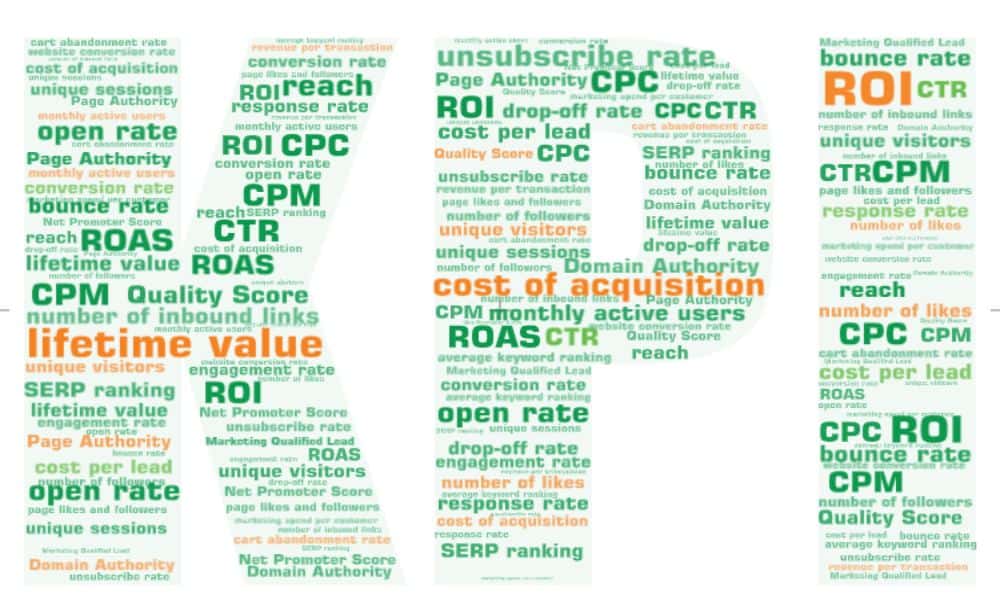Telemarketing gets a bad rap these days, but businesses still use it – because it works! Today I’m going to use a case study to explore whether and how you can make telemarketing work for you.
The key issues are:
- Do you have the right product or service for a telemarketing campaign?
- Sourcing the right telemarketing list
- Creating the right offer
- Managing the telemarketing campaign
What kind of service or products work for telemarketing?
This is a bit of a no-brainer. You’re going to pay people to spend time calling up on your behalf. You’re probably going to pay for names for them to call. You’re going to create a script for them to follow. That’s a lot of work, it’s detailed, and it takes time. So your cost per lead or per acquisition is going to be relatively high.
That means you need to be getting a lot of revenue from every lead you close. There are two options here:
- You’re selling a one-off, high value product or service. Solar installation. Office fitouts. Granny flats.
- You’re selling something with a high repeat purchase rate and a high lifetime value.
Note in the second case, it might cost you more to get a new customer than you make off the first sale. But it’s worth it because they’re going to buy again and again. If it costs you $100 to get a new customer, but they buy from you three times a year and you make $50 each time, you make money overall.
What was our case study client selling?
This client offers catering services. At the time, the business was running close to break-even and needed to get some new business in.
Their bread-and-butter income came from business catering. Lunches and afternoon teas. They wanted to increase the number of business catering clients who would order every week. Preferably every day!
You can see this fits into the second category of suitable product or service – the high lifetime value.
Making telemarketing work – getting the list right
 The marketing list is the first element of a telemarketing campaign. Unless you’re lucky enough to have some highly targeted names lying around, you’ll probably need to source a third party list. There are plenty of list brokers who can help you with this.
The marketing list is the first element of a telemarketing campaign. Unless you’re lucky enough to have some highly targeted names lying around, you’ll probably need to source a third party list. There are plenty of list brokers who can help you with this.
The question is – who are you actually going to target? You need to be as clear and as specific as possible.
Point to Remember – you don’t want your current clients and prospects getting an unexpected and confusing phone call! So you need to deduplicate the lists before you start. Your list broker or telemarketing agency should be able to help.
Case Study List Criteria
In our catering example, we were looking for a business to business list. But more specifically:
- Delivery was an issue. We narrowed down suburbs the caterer could get to easily, and in particular locations where they already had business. The cost of adding a delivery to an existing route is minimal.
- We thought about the kinds of businesses which have lots of need for catering. Lawyers or accountants or consultants, who have lots of client meetings. A training business which usually has clients on-site for courses. Marketing and PR agencies who have clients on-site for working meetings. Or perhaps a subsidiary of a European company, which has people working late every night and needs to provide food in the evenings on a regular basis.
The second one was the challenge. Most of the lists had very broad business categories and we couldn’t get this level of detail. But we persisted until we did.
Making telemarketing work – the script and the offer
 We used an external telemarketing agency, which I would also recommend. Why? Two reasons:
We used an external telemarketing agency, which I would also recommend. Why? Two reasons:
- If you’re renting a list, it is often a condition of use that you use a third party.
- Telemarketers at agencies have signed up for the job and are ready to cold-call. Most in-house staff – even if they have the spare time – don’t like cold-calling. That will show on the phone – and in the results. Why invest in a list, a script and an offer, then hand the implementation over to someone who doesn’t want to do it?
So what are the telemarketers going to say when they call up? They’re not experts in your company, maybe not even in your business specialty. The script has to help them achieve all their goals for the phone call. That includes:
- Qualifying the company they are contacting. Does this company fit your target client profile?
- Qualifying the person they are talking to. Is this the decision maker?
- Presenting and selling your offer.
- Getting agreement to your targeted next step. Depending on your situation, you might be looking for an appointment, a purchase, agreement that you can send information or an application form, or something else.
The telemarketers also need to be able to answer simple questions about your company, so they need some briefing in advance.
The telemarketing agency should work with you on the script and offer. They may offer to help with the list too. But remember, you still have to take overall responsibility for goals, offers and selection criteria.
Creating the telemarketing offer for our client
The owner of this business is not a native English speaker. He said before we started, “I cannot sell on the phone, but put me in front of somebody and I can sell to them and I can convert them to a client.”
So we decided that a good offer would be some samples, which he would deliver. It was a sales appointment, but it didn’t feel like one. We presented it as a chance for somebody to come in with some nibbles and spend just 15 minutes chatting about the food. The prospect got a free lunch. It made for a great offer.
But we didn’t want to go to all this effort and cost unless the prospect was a really good prospect. One with lots of opportunity for repeat, regular business. So we set strict qualification criteria. The telemarketers had to check the number of employees in the business and the number of times a week they ordered food. Then they had to ensure they were talking to the decision maker for those food orders. If all that checked out, they were free to say, ‘We’d like to come and share some food with you and see what you think of it.’
Our fallback offer
We also had a fallback offer. For prospects who had some catering need, but not enough to justify the free samples, that option wasn’t even mentioned. Instead, the telemarketer asked if they could send some menus through for information. They also sent a discount voucher, for 20 percent off a first order any time in the next three months. This was a way of capturing marginal business while we still focused on the key prospects. We collected email addresses, plus implicit permission to add them to the mailing list for the future.
Making telemarketing work – campaign management
The final important element is the management of the campaign. Something always comes up which you didn’t plan for.
So you need to be monitoring and responding. Promptly.
Here are the kind of issues we had to deal with:
- The first appointment that this client went to was not properly qualified. They didn’t have catering requirements every week. So we reviewed that with the agency. (Remember, the telemarketers are targeted on number of appointments, so it’s up to you to control quality!)
- On the plus side, we had telemarketers pick up on other opportunities even when they didn’t match our criteria.
‘I’ve got a prospect here who doesn’t do catering every week, but does do big events once a month. They want to know if you cater events too.’
With close liaison and quick feedback, you get better results from your campaign.
You also learn more about your target market. The issues they have. The questions they ask. When you’ve paid people to talk to your ideal prospects, doesn’t it make sense to listen?
Assessing Results
Measuring results for any campaign is essential. So what were our results?
- The catering company spent $10,000 on the entire campaign. That covered NoBull campaign management, list rental and deduplication, plus four weeks of telemarketing.
- They had 23 appointments over 4 weeks.
- Of those 23, they converted 8 appointments to clients by the time the campaign ended. One of those initial orders had a value of $6,000.
- They also had 188 new leads and prospects to add to their ongoing marketing and sales.
With 8 new clients and nearly 200 prospects, the campaign certainly delivered results.
Can telemarketing work for you?
If you think it might, let’s talk. We’d love to help you make it happen.







